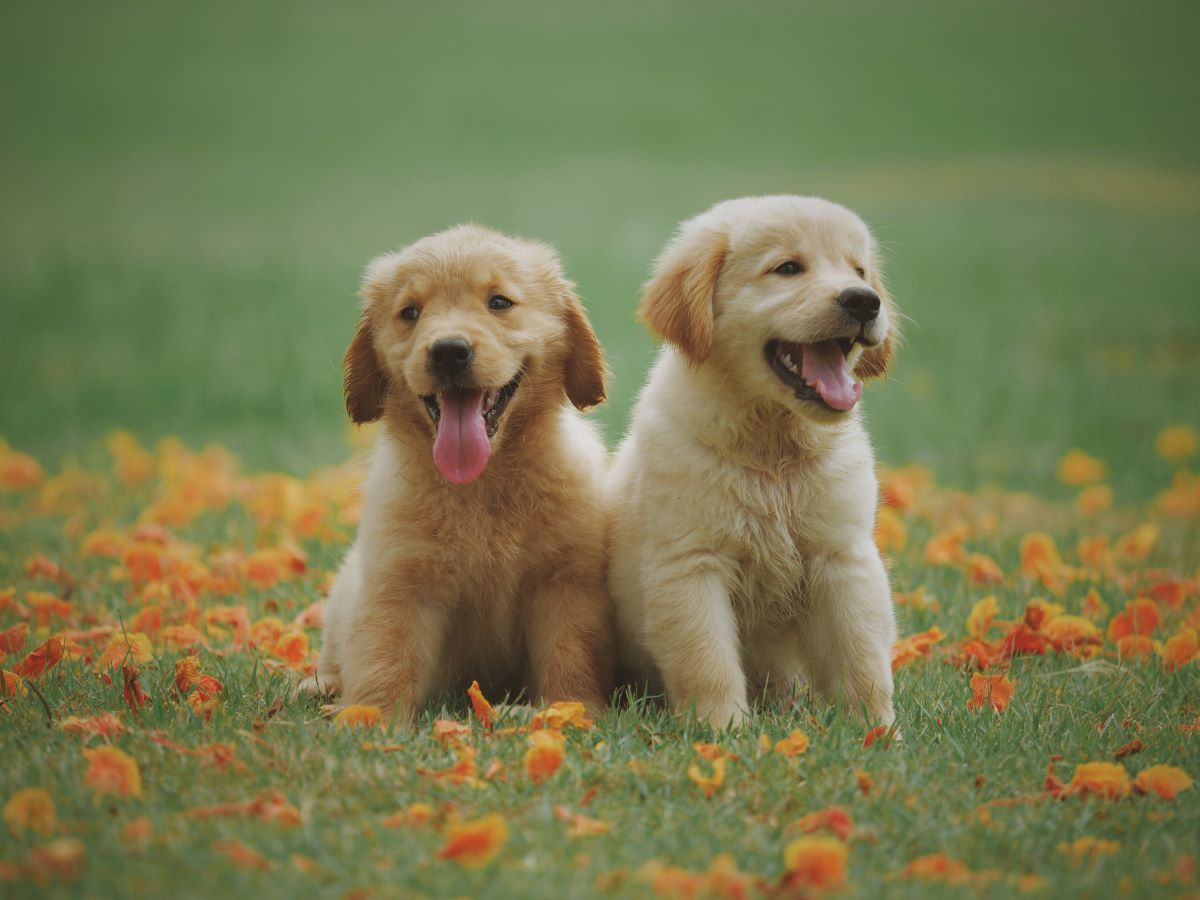Gardening and taking care of pets are the two least stressful activities you can get into. Gardening presents a world of creativity and imagination. You can lose yourself in gardening; often spending hours in a shrub or flowering plant. You won’t notice the hours pass by when you garden. Unfortunately, owning a pet and gardening do not fall under the same umbrella. As much as we love to garden, we also love our furry friends and all their antics, one of which is to mark a favorite urine spot and munch on some plants they could be allergic to.
Look, if you allow your dogs to run wild in the yard, you have to make adjustments in what you plant and cultivate. You also should think about the design of your garden. In short, you have to make accommodations for your pets because it’s not going to be easy to deal with your garden and rowdy pets who want to frolic in your garden soil.
Start Them Young
The earlier you start training your pets on how to act in your garden, the better. There are dog board and train programs that you can enroll your pup in. Even adult and senior dogs can still get training on how to act in a house. You should also do your part in training them to avoid certain spots in the garden. Don’t let them assume that they can get away with everything. Let them know that there are areas they cannot and should not access. Dogs as young as six weeks old are the easiest ones to train if you’re doing it on your own.

Choose What You Plant
What’s the first thing you must consider? The thorns. As much as you love roses, they’re not the perfect flowers to start planting if you have a furry friend who can accidentally scratch their cornea or snout. You can consider planting them behind the fence or in some area of the garden that your pets can’t reach. But just to be on the safe side, you can opt not to grow flowers and plants with thorns. Not only can it cause infection and possible loss of sight, but they can get embedded in the skin and form an abscess.
Another thing you should consider is planning poisonous plants. Pets don’t usually munch on plants. That’s not part of their diets. But in some rare cases that they do, you don’t want them dropping dead on your living room floor. Common poisonous garden plants are Lily of the Valley, Rhubarb, Daffodil, Hydrangea, Deadly nightshade, and Hemlock. Though you commonly find these in most gardens, they can be poisonous for your pets. Try to steer clear away from them.
Consider Hardscaping
Hardscape doesn’t look equally attractive as landscaping does. However, hardscapes are helpful for gardeners with pets. Hardscaping involves using masonry, bricks, concrete pavers, stones, crushed stone mulch, and other non-living landscaping materials. These are easy to maintain and doesn’t require much attention to dogs in your yard. They are particularly helpful because they minimize the trouble that dogs cause through urination, digging, and wear and tear.
Don’t Leave Them Unattended
Do you want to be free to grow whatever you want—thorns and poisonous plants and all? Well, you might have to give your pets more of your time. If you are going to let your dogs out of the yard, you should have your eyes on them at all times. You cannot leave them unattended. You might also need to “walk” them on a leash around your yard. Or, at most, you should take them for a walk in your block instead of letting them wander in your yard.
Besides, keeping your dogs fit and happy will prevent them from getting interested in your yard. Give them a chew toy, too, so they will be preoccupied instead of thinking about what they can do in your garden. As long as you keep them happy and entertained, they should not be a problem in your garden.
Loving gardening and pets can co-exist as long as you follow some of the basic rules. Also, you have to invest in training your dogs—both by sending them to an obedience school and training them yourself in the house. That takes time and money that is well worth it if you get to keep your hobby as a gardener and your pets together in harmony. And as long as you can do that, you’ll never have to get stressed about the possibility of your pets getting in yard accidents.